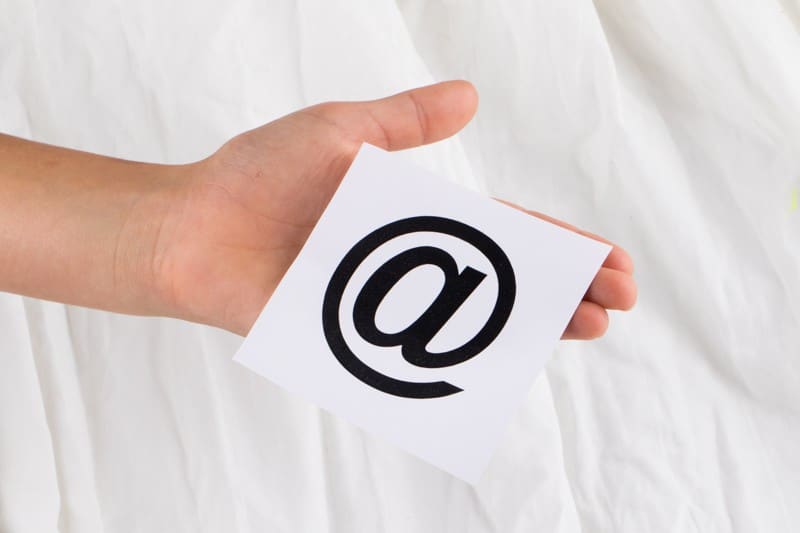Test Altospam’s solutions!
Thousands of companies, CTOs, CIOs, CISOs and IT managers already trust us to protect their e-mail against phishing, spear phishing, ransomware, …

The MIME standard (Multipurpose Internet Mail Extensions) is an Internet standard, enabling e-mails to be sent containing various characters (other than ASCII) and file types (images, sounds, videos, etc.).
Proposed in 1991 by Bell Communications Laboratories, this standard also offers the possibility of sending multiple objects as attachments, and of writing texts of unlimited length. MIME can also be used in Internet communication protocols such as HTTP.
The MIME standard encodes the various parts of an e-mail and sends the header information to the receiving software so that it can decode the e-mail. This header contains several directives:
-MIME-Version: indicates the version of the MIME standard used
-Content-Type: describes the data type
-Content-Transfer-Encoding: indicates the encoding used
-Content-ID: represents a unique identifier for the message part
-Content-Description: provides additional information about the message content
-Content-Disposition: defines attachment parameters
The MIME standard offers 5 encoding formats, used in the Content-Transfert-Encoding header seen above:
7-bit text format, for unaccented messages
8-bit text format
-Quoted-Printable format (for text only, with accents)
-Base64 format (for sending binary files)
-Binary format
The MIME type corresponds to the Content-Type header and designates the type of document attached to the mail. It is formed as follows: type-mime-principal/sub-type-mime.
Here are a few examples of MIME types, depending on the file:
For images, for example, we’ll have image/gif, image/png, image/jpeg.
For text documents, there’s text/html or text/plain.
For sounds, we have audio/wav or audio/mpeg.
For videos, there’s video/mpeg.
Finally, for applications, we’ll have, for example: application/javascript or application/pdf.
In conclusion, the Multipurpose Internet Mail Extensions standard is a response to the emergence of multimedia. Indeed, SMTP (Simple Mail Transfer Protocol) only allowed the transfer of text. With the democratization of audio and video files in the early 90s, MIME made it possible to send these different files. Today, even a simple e-mail with a few bold characters is automatically encoded in Mime to be sent and to be correctly readable on your recipient’s e-mail client.
Test Altospam’s solutions!
Thousands of companies, CTOs, CIOs, CISOs and IT managers already trust us to protect their e-mail against phishing, spear phishing, ransomware, …